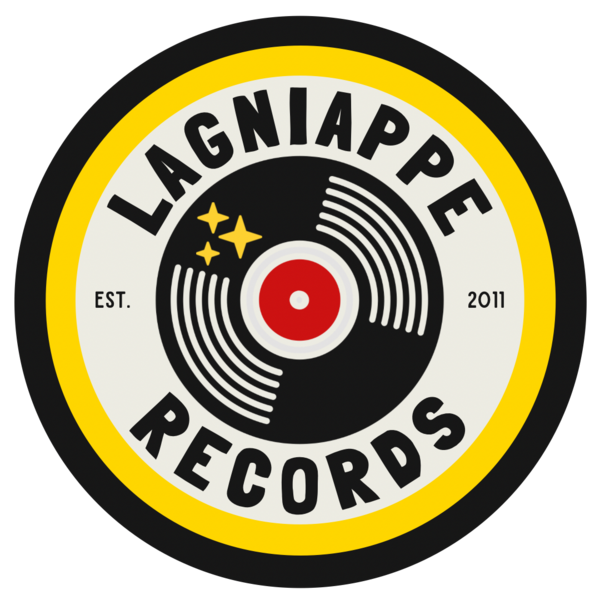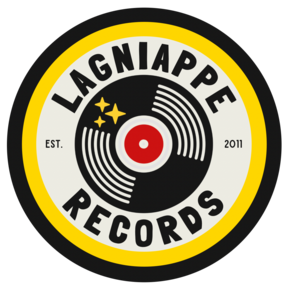LAGNIAPPE RECORDS
311-B Jefferson St. Lafayette, LA 70501
STORE HOURS
OPEN: Wednesday thru Saturday
12 p.m. - 6 p.m.
NOPE: Sunday, Monday & Tuesday

OPEN:
Wednesday + Thursday +
Friday + Saturday
from
12 noon 'til 6pm
CLOSED:
Sunday - Monday - Tuesday
Order online 24-7
for shipping or
local pick-up!
Who's Foolin' Who is a 1982 album by the Detroit R&B band One Way.
The album includes the band's highest chart appearance in the United States, "Cutie Pie", which peaked at #61 on the Hot 100 (the band's only foray onto the Hot 100), #29 on the dance charts, and #4 on the R&B charts. The album's title track, "Who's Foolin' Who" was also released as the lead single, peaking at number 34 on the R&B chart. It did best in South Africa, where it reached number seven. "Who's Foolin' Who" has been covered by the Eurodance band, Double You on their 1992 album We All Need Love.
The album itself peaked #51 on the Billboard 200 and #8 on the R&B charts. Aside from 1984's #1 R&B album, Lady, this album is the highest charting in their seven-year run.
Incidentally, former One Way vocalist Alicia Myers released a solo album that same year (1982) entitled I Fooled You this Time. It is unclear which album (Myers' or this one) was recorded first, but evidently, the similarity in album titles was intentional. Specifically, if her album was released first, then One Way's album title Who's Foolin' Who can be seen as a sort of "response" to her album, or vice versa. The songs on Myers' album were written and produced by One Way bandmembers, so apparently, the whole sequence of events was tongue-in-cheek, and there was no animosity between the two camps.
STORE HOURS
OPEN: Wednesday thru Saturday
12 p.m. - 6 p.m.
NOPE: Sunday, Monday & Tuesday

Vinyl, Tapes, & Shit
*SEALED* Jacket still sealed in shrink original wrap; disc sold ungraded or "as is."
NM (Near Mint) Appears unplayed and will bear no marks, sleeve scuffs, or scratches.
EX+ (Excellent) May have one or two visible imperfections (i.e. sleeve scuffs, faint scratches, or other superficial marks) that will not affect playback.
VG+ (Very Good+) A few visible imperfections. These may include sleeve scuffs, light scratches, or other superficial marks.
VG (Very Good) Similar imperfections found on VG+ records but in slightly greater numbers. Records graded VG and above will typically not have any scratches that are deep enough to be felt with a fingernail.
VG- (Very Good-) A number of visible imperfections; the presence of a considerable number of light scratches will force a VG- grade, as will the presence of significant isolated defects such as scratches deep enough to be felt with a fingernail.
G (Good) Record can be played without skipping, but will have significant surface noise, scratches, and visible groove wear. G+ and G- are used to indicate stronger and weaker copies within this range.
*SW/DNAP* Slight warp, does not affect playback
*QUAD* Quadraphonic Sound, similar to today’s surround sound
All records are visually graded by our experienced staff, using a bright lamp and an Audio-Technica ATLP-120 turntable.